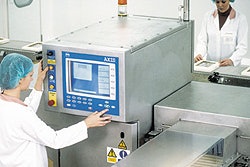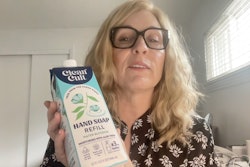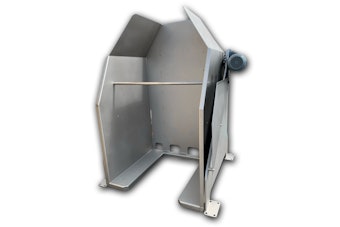PocketPaks were introduced in the U.S., Puerto Rico, and West Indies in October 2001, after selling in Canada since mid-2000. The design goal was to create packaging configurations that would be universally acceptable for outlets ranging from mom-and-pop shops to Wal-Mart. The company wanted the graphics to tie into the Listerine heritage, yet be modern, revolutionary, and exciting. Package design was by Davis & Associates (Mississauga, Ontario, Canada).
Pfizer informs Packaging World that a key aspect included packaging considerations for both the front- and back-ends of food, drug, mass merchandise and convenience stores. “Front-end racks next to candy [displays] were a challenge,” Pringle reports. That’s where the 16-count sleeve pack proved to be the right solution since it stacks, yet provides enough “real estate” to present the graphics.
The vial provides sufficient space for graphics that describe the product’s new way to deliver benefits. That’s done via pressure-sensitive labels printed in what appears to be five colors. The labels are affixed on the top and bottom of each vial; the bottom label is printed with tiny contact-coded lot information.
























